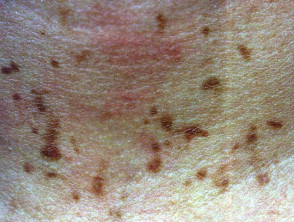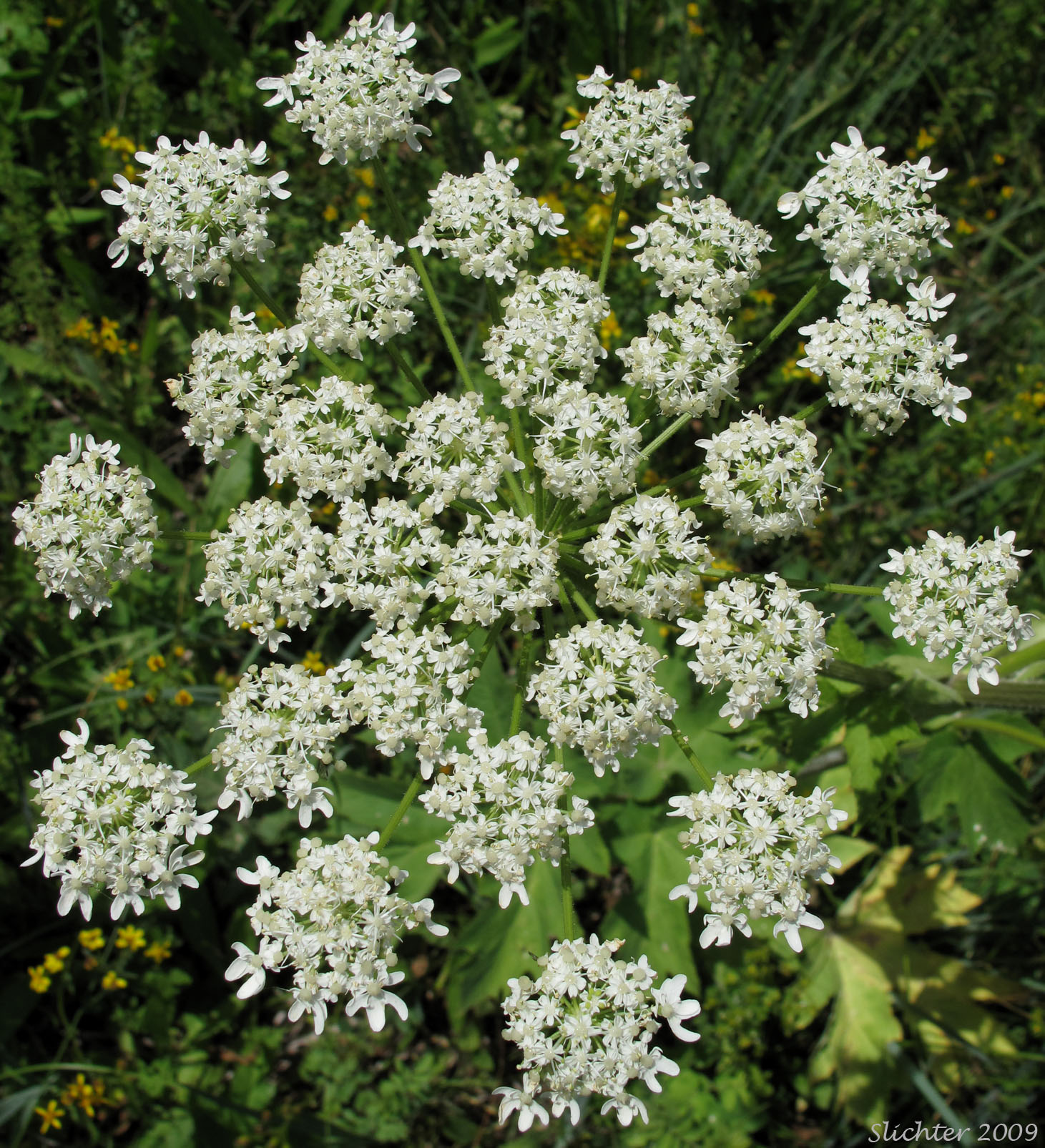
Tall and robust, cow parsnip is one of the largest members of the carrot family. Rashes from parsnips will likely appear within 12-24 hours. Allergy to parsnip is sometimes linked to Celery-Mugwort-Spice Syndrome, which is a subtype of Pollen Food Allergy Syndrome.
#Cow parsnips rash skin
Symptoms occur after contaminated skin is exposed to sunlight.
#Cow parsnips rash how to
Not to be confused with: fool’s parsley ( Aethusa cynapium), which can be distinguished from cow parsley by the bracteoles (leaf-like structures) that are found underneath the flower head upright hedge-parsley ( Torilis japonica) which flowers later than cow parsley – from around July to September – and is smaller in size wild carrot ( Daucus carota) which at a distance may look like cow parsley but has an umbel that is made up of many florets, frequently with a purple one in the middle and hemlock ( Conium maculatum) which has leaves similar to those of cow parsley but sports a stem spotted with purple markings and is much bigger, growing to around two metres (careful – this species is poisonous). It will cause anything from a mild rash to blistering, or extreme dermatitis if one who is allergic is exposed to it. How To Treat Cow Parsnip Rash How long does it take for wild parsnip rash to appear Encounters with wild parsnips can result in a sunburn type rash, discolored skin and even blisters. Wash clothes and skin immediately: The oils. These rashes tend to be morbilliform (measleslike) and/or urticarial and may be. Poison oak, poison ivy and wild parsnip rashes are all treated in similar ways. Widespread and itchy, a drug rash often requires a biopsy and extensive history to diagnose ( Figure 7 ). Wait said it's best to avoid getting it on your skin in the first place by recognizing. The leaves and stems have conspicuous hairs. It is a tall (5-8') plant with large hollow stems and very large maple-lead shaped leaves that are deeply divided into three. It looks like an open palm while wild parsnip leaves look oblong. The sap causes a chemical reaction on skin when exposed to the sun, resulting in weeping blisters and burns. Cow Parsnip grows in moist fields, woodlands and alpine meadows.

Difference can be seen in the leaf shape. Each flower is around six centimetres in diameter and white in colour. Once cow parsnip starts to turn to seed, some can confuse the two because the flower color starts to fade. Other Weedy Biennials Giant hogweed (Heracleum mantegazzianum) is a non-native invasive capable of causing severe dermatitis. Leaves: cow parsley leaves are strongly divided in shape, with an alternate leaf arrangement.įlowers: its flowers are umbels – clusters of flowers with stalks which come from a common centre. Cow parsnip is not as toxic as the wild parsnip, but it can also cause rashes upon contact with the plant sap.

A short-lived perennial, the cow parsley is tall with sprays of white flowers, and commonly grows on verges.


 0 kommentar(er)
0 kommentar(er)
